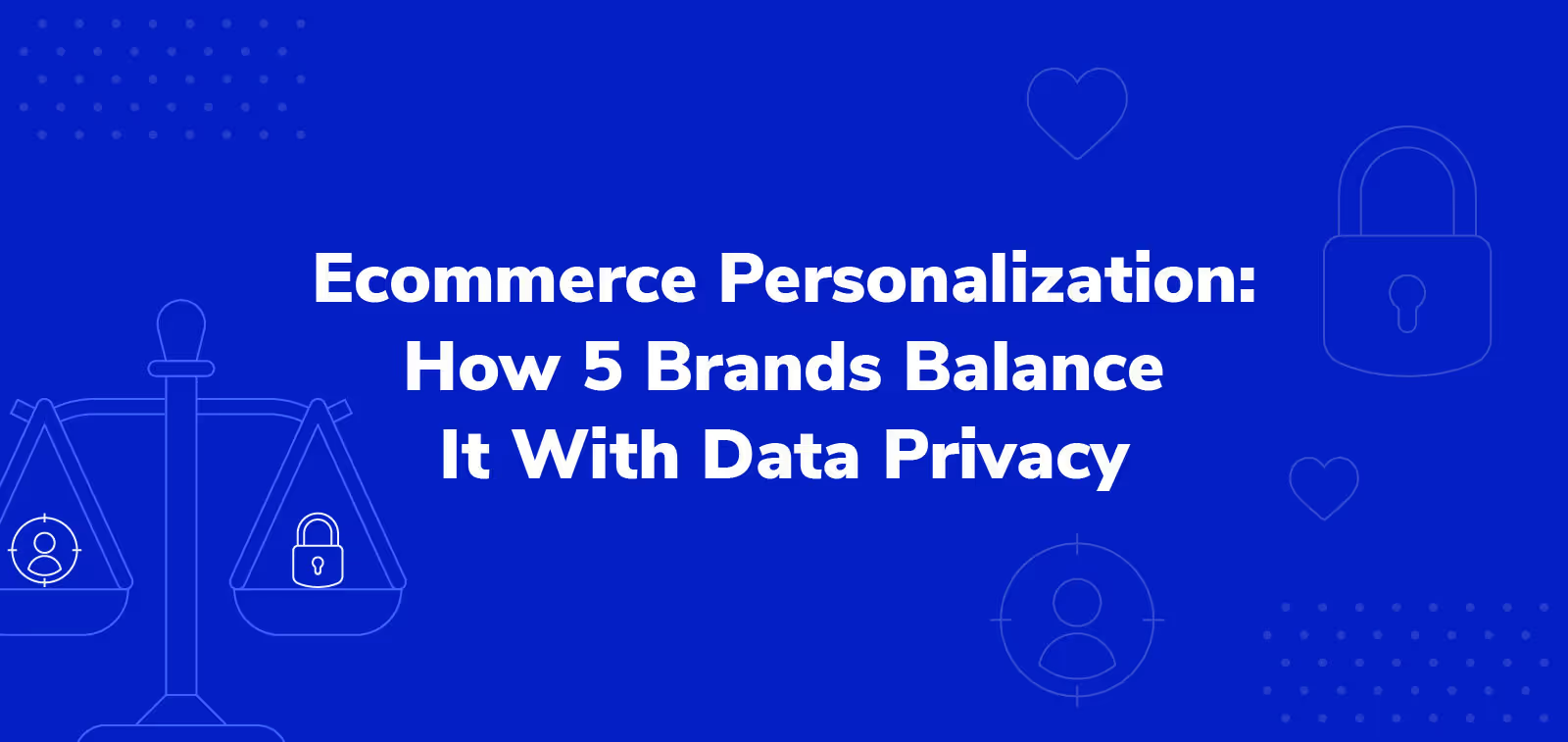7 Tips to Help You Get Started With an Omnichannel Retail Strategy

The modern retail experience is drastically different from the traditional brick-and-mortar experience. Gone are the days when customers would walk into a store and spend their time looking through everything on display. The business model has changed: the world has shifted online, with technology becoming increasingly sophisticated, and consumers prefer retailers that have an online presence too.
Many shoppers now look to the internet to research a product before making a purchase. This means that an online presence is essential even if you have a small physical store. This works both ways. For example, even if you have an ecommerce business, customers will appreciate some kind of offline link to your online channels. This is where an omnichannel retail strategy comes in.

What is an Omnichannel Retail Strategy?
An omnichannel strategy combines multiple touchpoints and sales channels into one seamless customer journey. It’s when retailers link all their marketing and communication platforms such as the physical store, social media pages, call centers and PBX lines, main website, mobile apps, and more into a smooth consumer funnel.
Consumers can jump from one channel to the next in their customer journey without missing a beat.
Here's a good example of an omnichannel user experience: a customer sees a brand’s product on Instagram. They become curious and tap on the shoppable icon, leading them to the website. Before they make their purchase in the eCommerce marketplace, they can either get in touch with a customer representative to find out more info or schedule an in-store visit if possible.
The main objective with an omnichannel retail strategy is that all channels integrate seamlessly with each other and comms stay consistent throughout.
Omnichannel Vs Multichannel: The Breakdown
Sometimes marketers can get confused between an omnichannel and multichannel experience. As we’ve discussed, an omnichannel strategy is consumer-centric and focuses on creating a seamless customer purchase experience by combining every available channel together.
Multichannel marketing strategies focus on a number of channels but don't combine them together to create a unified experience. The channels aren’t integrated, though they may lead to one another to increase user awareness of a product or service.
Think of it this way: a customer who wants to return something they bought online can schedule an in-store return through an omnichannel experience. When they come to return the product, retail marketing automation can make it possible for them to return it quickly and leave. They don’t have to give additional information or repeat their problem. A multichannel approach means they’ll have to explain their dilemma across multiple channels to get their return issue sorted.

Why Create an Omnichannel Retail Strategy
The modern consumer prefers using technology to enhance their shopping experience and retailers should be at the forefront of omnichannel solutions. Having an immersive or aesthetic shopfront won’t cut it anymore.
Marketers should go to their huddle rooms and figure out how to create a smooth and seamless omnichannel experience that gives them a higher return on investment (ROI) in the future.
Here are some more benefits:
Increase Customer Retention
Consumers enjoy a retail experience that’s always on and easily accessible. This means they can browse products whenever they want, ask questions if they have any, and get in touch with a customer service representative at any given time.
Brands can offer personalized experiences through an omnichannel strategy, making customers feel important. When they do this, customers become loyalists because they find the shopping experience to be seamless and hassle-free. This is a great way to encourage customer retention.
Make Social Media More Effective
Customers are heavily influenced by social media when they make purchasing decisions. When shopping for products or services, they normally like seeing what other people have to say about the brand. This is where positive reviews come in.
Your marketing team should highlight positive review examples for customer service representatives to communicate to customers.

Reviews can be communicated through numerous channels. A lot of businesses upload reviews to their Facebook and Instagram profiles because they know customers will do their research before buying a product. When curating these reviews for Instagram, using tools like Wepik's free customizable Instagram post templates can help. They allow you to design eye-catching and professional-looking posts that can instantly grab potential customers' attention.
Once shoppers see the reviews, they progress in the consumer funnel and land on the website to finish their purchase. Omnichannel strategies make a brand’s social media platforms more effective because they streamline all communication.
7 Tips to Create an Omnichannel Retail Strategy
Here’s how you can create an effective omnichannel retail strategy for your brand:
1. Map Out the Consumer Journey
Each consumer has a different mindset when it comes to purchasing decisions. When a brand provides an omnichannel experience, consumers can make purchases at any time of day or night. It’s imperative that their shopping experience be consistent no matter when they take the plunge. Brands should research and understand the full consumer journey so they can create the perfect omnichannel strategy to support it.
Think about factors like time of purchase, the channel through which the purchase was made, whether that purchase was made using a mobile device, the kind of product purchased, and more. Understanding demand through the consumer journey will also keep your inventory software system up-to-date and efficient so you don’t run out of products.
2. Test Omnichannel Scenarios
This is especially important if you offer a physical store along with an online presence. Think about the seamless experience you mapped out in the last step and add dimensions to it. Ask employees to manage team tasks and gather to potentially test out various consumer scenarios.
For example, test a consumer’s purchase journey from Instagram to the website, then one from the website to the physical store with an in-store pickup option. Another scenario could be placing a large order and having to talk to a customer representative through a chatbot or call center.
When you test these scenarios, you’ll develop a deeper understanding of the kind of omnichannel retail strategy that suits your business best.

3. Look at Potential Channels
This can’t be emphasized enough: an omnichannel strategy focuses on quality vs. quantity of channels. This means you don’t need to use every channel that’s available to you.
Rather, think about and plan the channels that will help you craft an optimized omnichannel approach. Focus on the channels that your consumers are comfortable with, that are easily accessible, and that don’t cost an arm and a leg to run.
4. Plan your Channel Budget
Once you’ve outlined a list of possible channels, you need to start calculating. The great thing about focusing on quality over quantity is you won’t need to shell out lots of money on aimless platforms. You’ll be able to allocate your marketing spend to channels that will give you good ROI.
You can either set your budget before you create your strategy or do it the other way around. An omnichannel strategy can fit comfortably in whatever budget you set, depending on the size of your business.
5. Take a Look at Tech
A good omnichannel strategy creates a smooth shift between online to offline, and that might require some investment in technology. This can be as uncomplicated as setting up iPads in-store for a seamless shopping trip to creating a custom virtual reality experience to boost customer engagement.
Take a look at the technology you might need because this might be pricey and require some training. You should note down any technical support you’ll need to execute this experience.
6. Create Online-Offline Experiences
In-store experiences can be made richer and more rewarding if brands find a way to connect them to consumers’ online browsing. For example, stores can set up a live Twitter wall that displays any consumer tweets that mention the brand.
The tweets can pop up instantly on the interactive display, giving consumers the sense of being connected to a virtual experience while enjoying the in-store display. These tweets can also be real-time product reviews that can help consumers make a decision.

7. Establish a Loyalty Program
Customers enjoy being rewarded for their time. A savvy brand will set up a loyalty program that gives points to customers for shopping online. These rewards can be collected across various online channels, for example, with points given for interacting on social media to making purchases on the website. Customers can redeem these online points for products or rewards in-store, creating a seamless omnichannel experience.
Final Thoughts
An omnichannel retail strategy can improve the customer experience, increase customer retention, create more loyalists, make social media channels more effective, and produce higher ROI in the long run.
Brands that want to be successful amidst the rise of omnichannel and make a mark in today’s tech-driven world need a smooth omnichannel marketing and commerce strategy where consumers enjoy a consistent experience across platforms. This is why an omnichannel strategy is recommended for small businesses, too.
It should be easy for customers to arrange in-store delivery, pickup, or returns with the push of a button or the tap of a finger. Consumers shouldn’t have to explain the same concerns to different customer reps for the same issue.
Rather, the brand should provide them with a one-stop-shop solution that is accessible and personalized, making them want to shop again. An omnichannel retail strategy is one of the most effective ways to widen your consumer base and grow brand equity.
Grace Lau is the Director of Growth Content at Dialpad, a screen sharing app and AI-powered cloud communication platform for better and easier team collaboration. She has over 10 years of experience in content writing and strategy. Currently, she is responsible for leading branded and editorial content strategies, partnering with SEO and Ops teams to build and nurture content. Grace has published numerous articles for various domains including DivvyHQ and PayTabs.
.svg)












































.avif)











